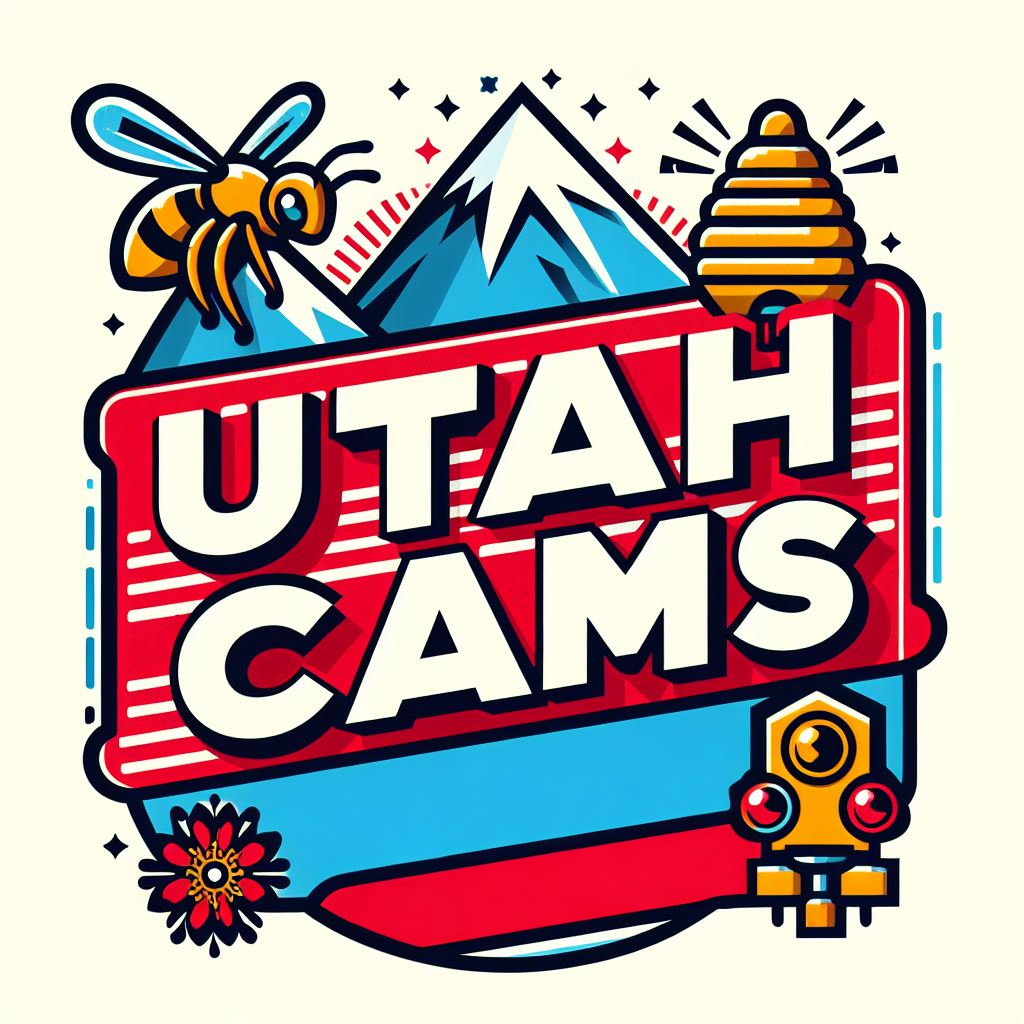Monument Valley Utah (via Utah State University)
Monument Valley, Utah: A Timeless Landscape of Cultural and Natural Splendor
Ancient Beginnings: The Land of the Ancestral Puebloans
Monument Valley, Utah. Monument Valley, with its iconic sandstone buttes and mesas, stands as one of the most recognizable landscapes in the United States. Situated on the Arizona-Utah border within the Navajo Nation, this region has been inhabited for thousands of years. The earliest known residents were the Ancestral Puebloans, who thrived in the area from approximately 1200 BCE to 1300 CE.
These early inhabitants left behind a rich legacy of cliff dwellings, petroglyphs, and artifacts, evidence of their advanced agricultural practices and intricate social structures. The Ancestral Puebloans utilized the fertile valley floors for farming, growing crops such as maize, beans, and squash. Their deep connection to the land is reflected in the sacred nature of the region, which continues to hold spiritual significance for the Navajo people today.
The Navajo Connection: A Living Heritage
The Navajo Nation, known as the Diné, has called Monument Valley home for centuries. The Diné arrived in the region around the 16th century, bringing with them a pastoral lifestyle centered around sheep herding and weaving. Monument Valley, or Tsé Biiʼ Ndzisgaii in Navajo, meaning “Valley of the Rocks,” is deeply woven into their cultural and spiritual fabric.
For the Navajo, Monument Valley is not merely a collection of stunning geological formations but a landscape imbued with stories, traditions, and sacred sites. The towering buttes and mesas are often associated with Navajo deities and are integral to their creation myths and oral histories. The land provides a living classroom where Navajo traditions and knowledge are passed down through generations.
European Exploration and Settlement
The 19th century brought European explorers and settlers to the region. The first recorded European to see Monument Valley was the Spanish explorer Francisco Vásquez de Coronado in 1540 during his expedition in search of the mythical Seven Cities of Gold. However, significant European-American contact did not occur until the mid-19th century, with the expansion of the United States westward.
The arrival of settlers and the U.S. government led to significant changes for the Navajo people. The Navajo were forcibly relocated during the Long Walk in the 1860s, a tragic chapter in their history. Despite these hardships, the Navajo returned to their homeland, including Monument Valley, and reestablished their communities.
The Hollywood Era: Monument Valley in Film
Monument Valley’s dramatic landscape captured the imagination of filmmakers and became an iconic symbol of the American West. The 1930s marked the beginning of its relationship with Hollywood, primarily through the work of director John Ford. Ford’s 1939 film, “Stagecoach,” starring John Wayne, was the first of many Westerns to be filmed in Monument Valley. The film’s success cemented the valley’s status as a quintessential backdrop for the Western genre.
Over the next few decades, Monument Valley featured in numerous films, including “My Darling Clementine” (1946), “The Searchers” (1956), and “How the West Was Won” (1962). These films showcased the valley’s stark beauty and contributed to its global recognition. Monument Valley also appeared in more contemporary films such as “Forrest Gump” (1994) and “Mission: Impossible II” (2000).
Tourism and Economic Development
The film industry played a pivotal role in drawing attention to Monument Valley, leading to a surge in tourism. The Navajo Nation capitalized on this interest by developing infrastructure to support visitors. Monument Valley Navajo Tribal Park was established in 1958, offering guided tours, visitor centers, and accommodations to enhance the tourist experience.
Tourism became a significant economic driver for the local Navajo community. Visitors from around the world flock to the valley to witness its stunning vistas, take guided jeep tours, and learn about Navajo culture. The park’s popularity helps support local businesses, including hotels, restaurants, and artisan shops, providing essential income for the Navajo people.
Preservation and Environmental Challenges
With the rise in tourism, Monument Valley faces challenges related to preservation and environmental sustainability. The Navajo Nation has implemented measures to protect the delicate ecosystem and cultural sites. Strict regulations govern access to certain areas, and efforts are made to educate visitors about responsible tourism practices.
Environmental issues such as erosion, water scarcity, and climate change also pose threats to the region. The Navajo Nation works with various organizations and government agencies to address these challenges, focusing on sustainable practices that balance economic development with environmental stewardship.
Modern Monument Valley: A Symbol of Resilience
Today, Monument Valley stands as a testament to the resilience and enduring spirit of the Navajo people. It remains a place where ancient traditions and modern life intersect, offering visitors a unique glimpse into the rich cultural heritage of the Navajo Nation. The valley continues to inspire awe and reverence, drawing people from all corners of the globe to experience its majestic beauty.
Monument Valley’s significance extends beyond its stunning scenery. It symbolizes the deep connection between the Navajo people and their land, a relationship that has endured through centuries of change and adversity. As the Navajo Nation navigates the challenges of the 21st century, Monument Valley remains a source of strength, pride, and cultural identity.
Looking Ahead: Balancing Tradition and Progress
The future of Monument Valley lies in balancing the preservation of its natural and cultural resources with the needs of its people. Continued efforts to promote sustainable tourism, environmental protection, and cultural education are essential for ensuring that Monument Valley remains a cherished and protected landscape.
The Navajo Nation’s commitment to preserving their heritage while embracing economic opportunities highlights the importance of maintaining a harmonious relationship with the land. As Monument Valley continues to captivate and inspire, it serves as a reminder of the timeless beauty and enduring legacy of one of America’s most iconic landscapes.
For more information, visit the official Monument Valley, Utah website.
